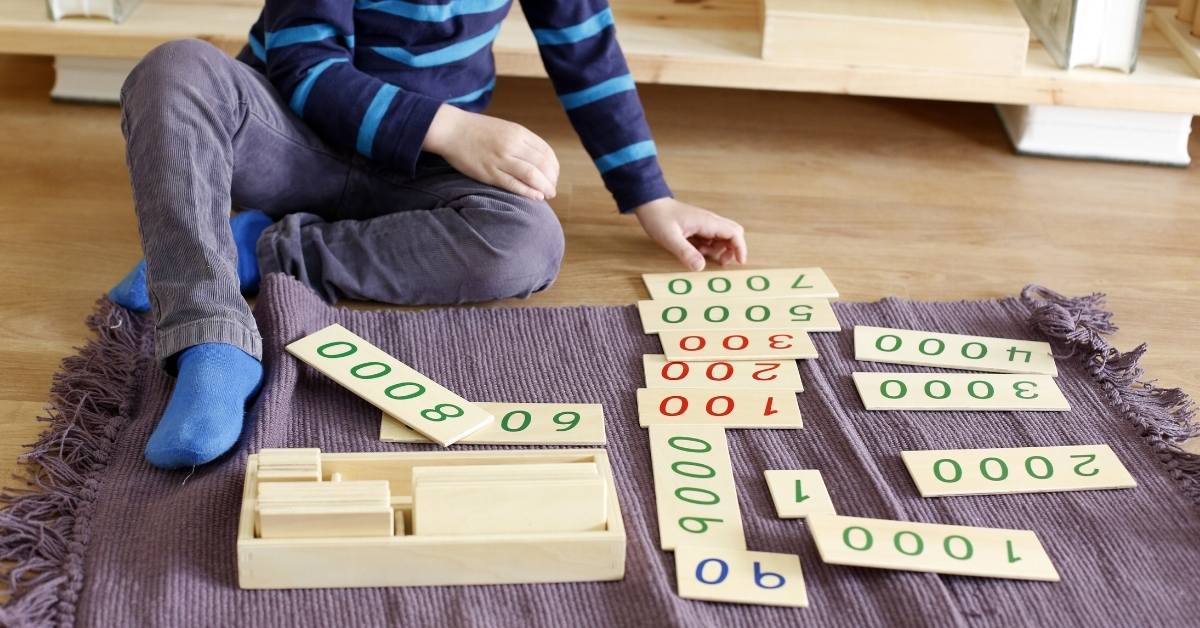Roots are very important to a plant. Do you know the parts of the roots that help them play their role in keeping plants alive?
Category: Montessori Education
Everything related to Montessori education, both worldwide and in the Philippines
Montessori Botany Lesson and Worksheet: Parts of a Flower
The “earth laughs in flowers,” says Ralph Waldo Emerson. Can you name the four basic parts of a flower?
Montessori Filipino Lesson & Worksheet: Diptonggo at Klaster
A quick Filipino lesson and interactive worksheet on diptonggo at klaster
A Checklist of (Affordable) Sensorial Montessori Materials to Get a Child Age 2-6
A quick list of the officially recommended sensorial Montessori materials for early childhood (2-6 y.o.) — and where to get them if you’re based in the Philippines
If A Montessori School Doesn’t Have This Setup, It’s Probably Not “Real” Montessori
How to tell if a school is practicing “authentic Montessori education” — and why it matters
Montessori Curriculum: Lessons for Grade 3 (8- to 9-year-olds)
Lessons for Grade 3 (ages 8-9) in Biology, Geography, Geometry, History, Language, Math, and other subjects based on the Montessori lower elementary curriculum.
Montessori Geography Lesson & Worksheet: Landforms and Bodies of Water
From a worksheet inspired by the AMI Montessori nomenclature cards on land and water forms to a worksheet involving spotting common landforms and bodies of water on a map, these colorful worksheets will help the child master the most common landforms and bodies of water.
Montessori English Mastery Worksheets: Identifying Punctuation Marks
Period! Question mark! Quotation marks! Parentheses! Name the different punctuation marks in these worksheets.
Montessori Filipino Lesson and Worksheets: Tamang Bigkas ng Mga Salita
A quick lesson and interactive worksheets on the correct pronunciation of Filipino words (tamang bigkas ng mga salita sa Filipino/Tagalog): malumay, malumi, mabilis, maragsa.
Montessori Filipino Worksheets: Patinig, Katinig, Pormasyon ng Pantig
Complete words using different patinig (vowels) and katinig (consonants). Identify the structure of a syllable (pantig): P, KP, PK, KPK, PKK, KKP, KKPK, KPKK, KKPKK, or KKPKKK.










